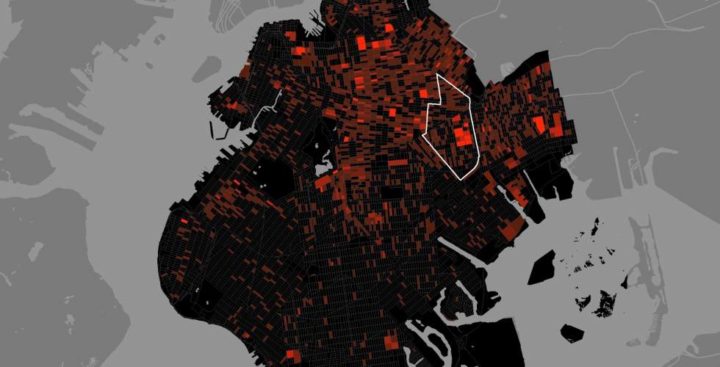Lena Groeger for ProPublica describes when the designer shows up in the design, not just in the visualization part but also in collection, selection, and aggregation. Our perspective always comes to play.
The effects may be subtle, but if we pour so much of ourselves into the stories we tell, the data we gather, the visuals we design, the webpages we build, then we should take responsibility for them. And that means not just accepting the limits of our own perspective, but actively seeking out people who can bring in new ones.
It’s common to think of data and analysis as unbiased fact. Concrete. You can’t argue with numbers. However, that’s rarely the case. We analyze and visualize with preconceptions, and that drives many aspects of whatever comes next.
Analysis is a process driven by experience. Technically, this means learning new methods as you look at various data types and situations. Contextually, this means forming conclusions based on what you know about the subject matter. If there are knowledge gaps technically or contextually, you run into issues.


